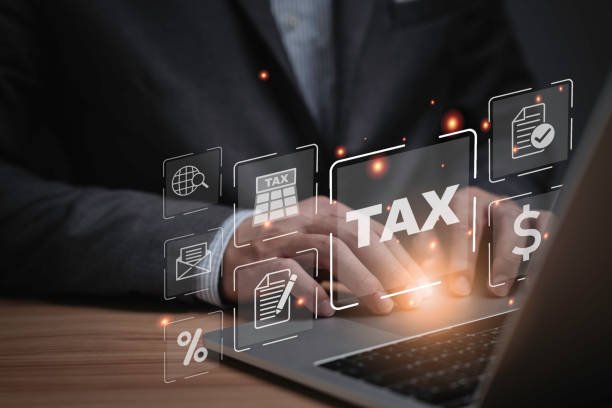The Psychology of Insurance: Why We Buy and How to Choose Wisely
Introduction: Insurance is not just a financial product; it’s a decision deeply rooted in psychology. This article explores the psychological factors that influence our decisions to purchase insurance, shedding light on why we buy coverage and how consumers can make more informed choices when selecting insurance products.
Body:
- The Perception of Risk:
- Discuss how individuals perceive and assess risks differently. Explore the concept of risk aversion and how it influences the decision to purchase insurance as a means of mitigating perceived threats.
- Loss Aversion and Insurance:
- Explore the psychological principle of loss aversion, where individuals are more motivated to avoid losses than to acquire equivalent gains. Discuss how insurance acts as a buffer against potential financial losses, appealing to our innate aversion to loss.
- The Role of Trust in Insurance Purchases:
- Examine the critical role of trust in the insurance industry. Discuss how transparency, reliability, and a positive reputation contribute to consumers’ trust in an insurance provider.
- Cognitive Biases in Insurance Decision-Making:
- Highlight common cognitive biases that can affect insurance decisions, such as anchoring, availability bias, and overconfidence. Discuss how these biases can lead to suboptimal choices in coverage.
- Emotional Impact of Insurance:
- Discuss the emotional aspects of insurance decisions, particularly the feelings of security, peace of mind, and relief that insurance can provide. Explore how emotions play a crucial role in the decision-making process.
- Social Influences on Insurance Choices:
- Explore how social factors, including family, friends, and societal norms, influence insurance decisions. Discuss the role of social proof and the impact of others’ experiences on one’s choice of insurance.
- Marketing and Behavioral Economics in Insurance:
- Discuss how insurance companies leverage behavioral economics and marketing techniques to influence consumer choices. Explore the use of framing, nudges, and incentives in insurance advertising.
- Customization and Personalization:
- Highlight the appeal of customized and personalized insurance solutions. Discuss how insurers offering tailored coverage based on individual needs and preferences resonate with consumers.
- Overcoming Decision Paralysis:
- Address the phenomenon of decision paralysis in insurance purchases. Provide tips for consumers to overcome decision-making challenges and make more confident choices.
- Educating Consumers for Informed Choices:
- Emphasize the importance of consumer education in making informed insurance decisions. Discuss resources, tools, and strategies for individuals to better understand their insurance needs and options.
Conclusion: Understanding the psychological factors at play in insurance decisions empowers consumers to make choices aligned with their values and priorities. By acknowledging the emotional and cognitive aspects of insurance purchasing, individuals can navigate the decision-making process more thoughtfully and select coverage that truly meets their needs.










